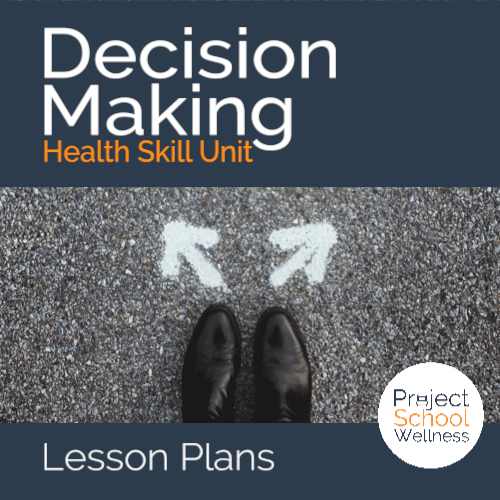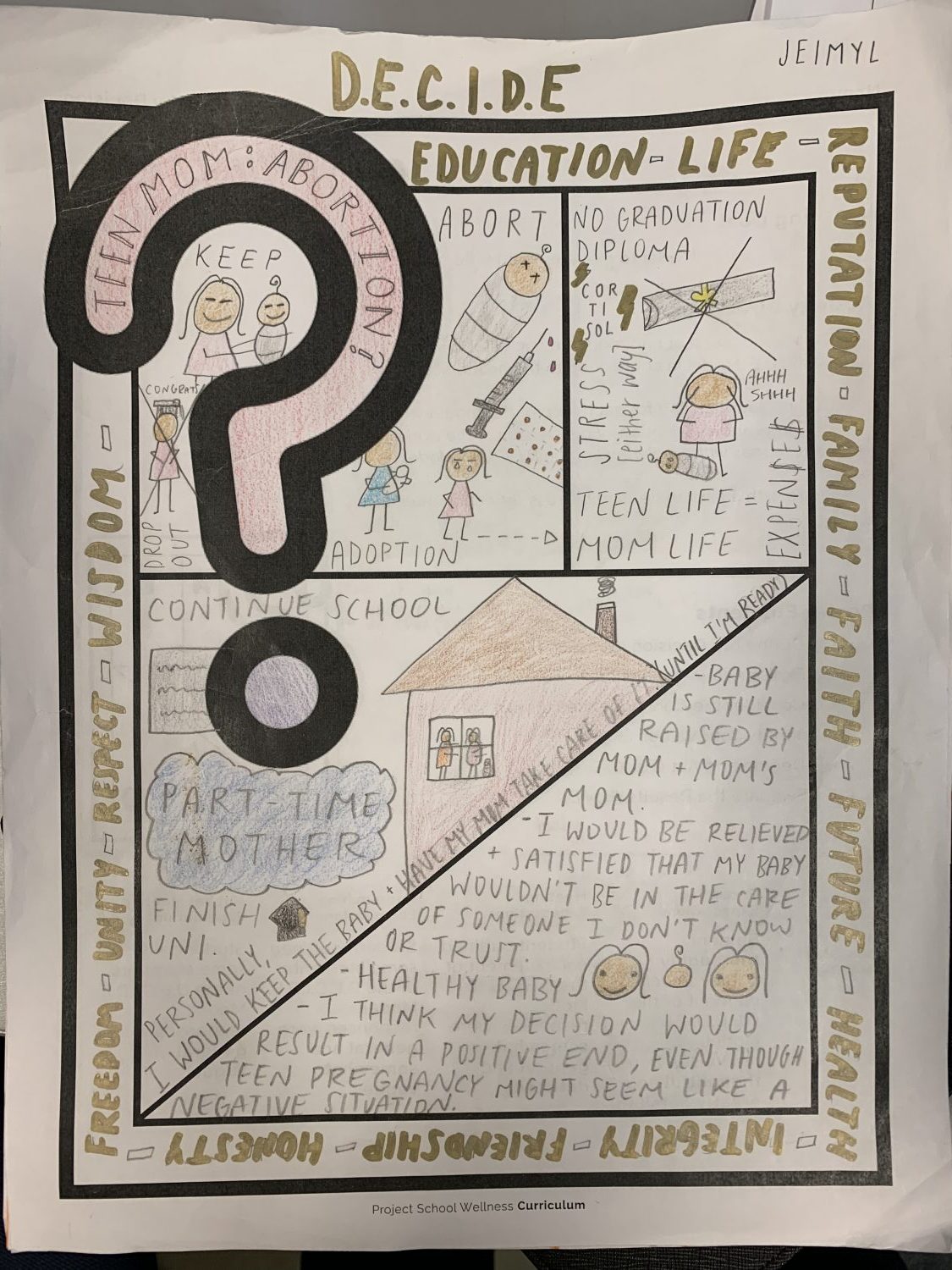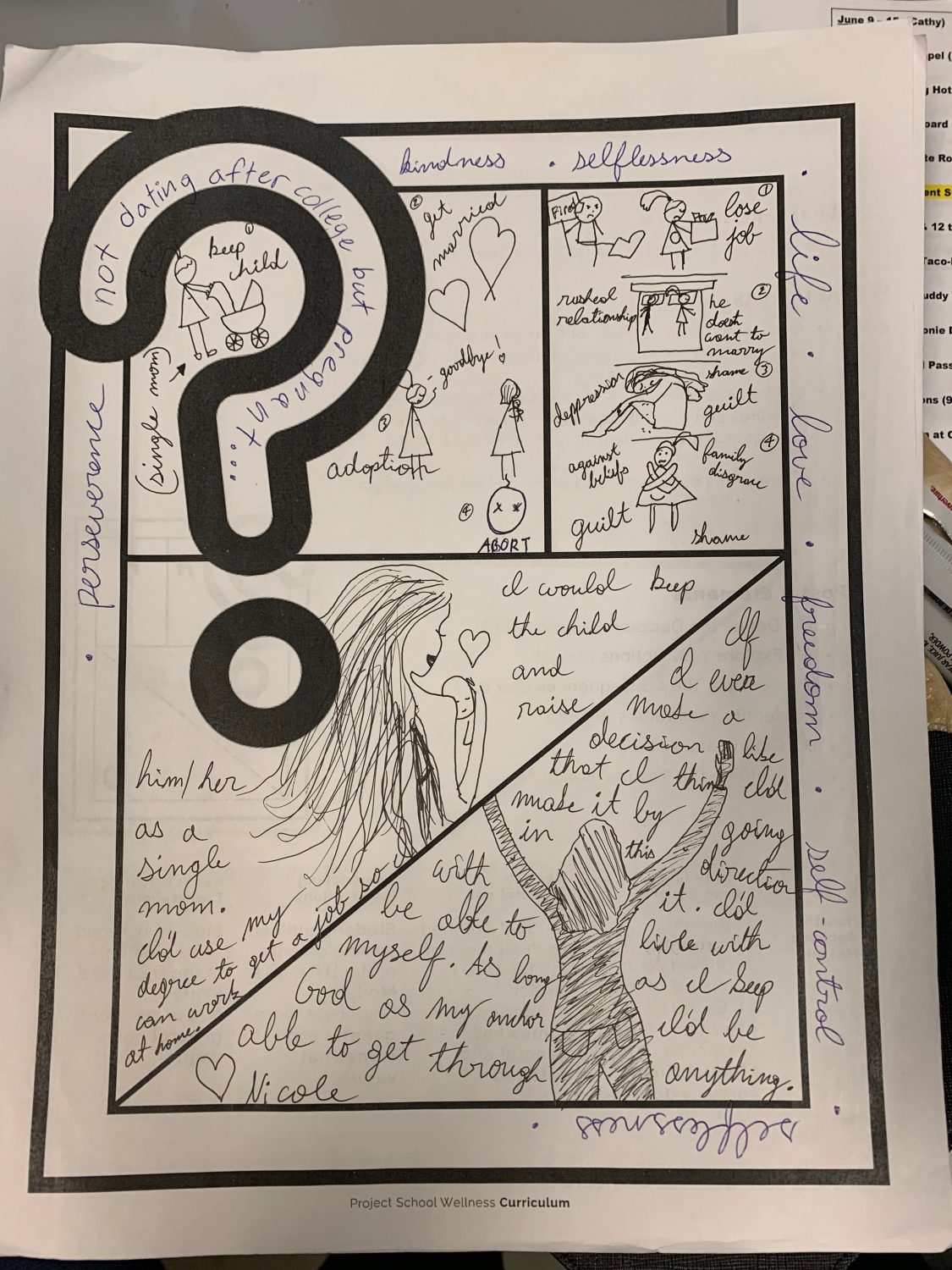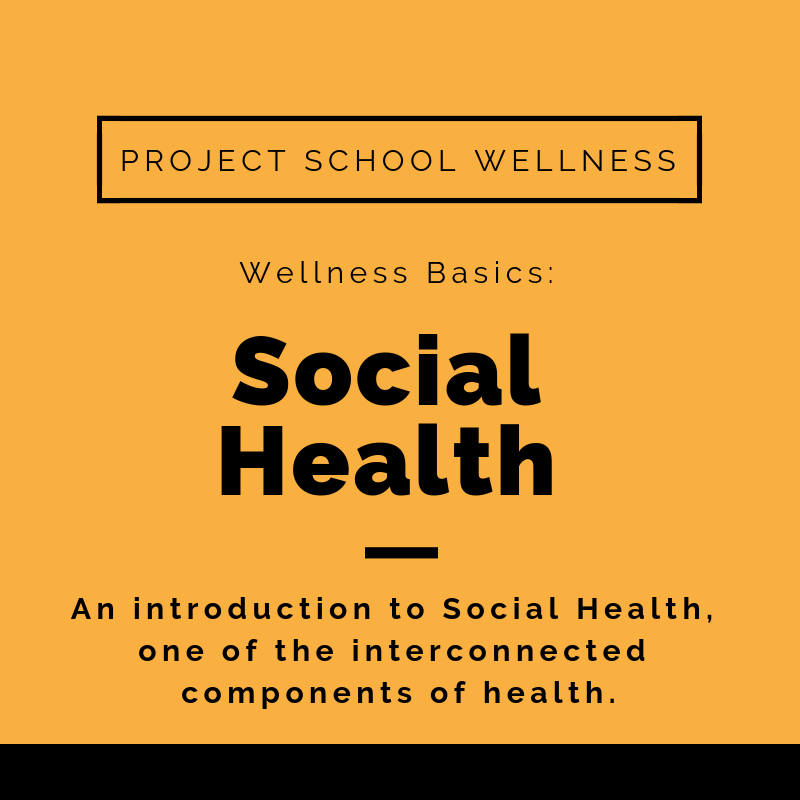The D.E.C.I.D.E. Model
A Tool For Teaching Students How to Make Healthy Decisions
35,000.
That's the estimated number of decisions the average adult makes in a day. With a number that high, it's no wonder why making healthy decisions is one of the vital life skills outlined in the National Health Education Standards.
By the time students are in middle and high school, they're making decisions with profound and lasting consequences that greatly influence their health and happiness.
So as health educators it's critically important that we explore ways to empower our students to become confident decision-makers.
Enter the D.E.C.I.D.E. Model for making decisions.
A few examples of my students using the D.E.C.I.D.E. Model to talk about an unplanned pregnancy.
The D.E.C.I.D.E. Model
The D.E.C.I.D.E. Model is an excellent tool for teaching students how to thoughtfully make decisions. Basically, the D.E.C.I.D.E. model is to decision making as the S.M.A.R.T. Goal acronym is to goal setting.
Let's take a look at this simple step-by-step process:
D - Define the Decision To Be Made
The first thing to do is to define the decision that needs to be made.
The Example: Should I stay up and watch another episode of T.V.?
E - Explore Your Options
Next, you need to explore your different options.
The Example: I can stay up and watch another episode. Or I can go to bed and watch the next episode tomorrow.
C - Consider the Consequences
As you explore options, consider the consequences of each choice.
The Example: If I stay up even later, I'll be tired and in a bad mood tomorrow. If I go to bed now, I'll feel rested and have time to eat breakfast with my family before school.
I - Identify Your Values
Take time to identify what's important and valuable to you so you can make a choice that honors your values and will bring you joy.
The Example: I really value time with my family, being a good friend, and doing well in school. If I go to bed now I'll get to spend more time with my family, be in a good mood with my friends, and be able to focus at school.
D - Decide and Act
After you analyze your options and weigh them against your values it's time to make a decision and act.
The Example: I was going to go to bed but then the episode ended with a cliffhanger so I watched another one. I didn't end up go to bed until midnight.
E - Evaluate the Results
Taking time to reflect on the results is an important final step of the decision-making process. This allows you to evaluate how your choice impacted your health and happiness and to consider what you would do differently in the future.
The Example: I missed breakfast in the morning and could only eat an apple on my way to school. I was grumpy all day and kept falling asleep in class.
Free Skills-Based Health Ed Workshop
How to Use the D.E.C.I.D.E. Model in Your Skills-Based Classroom
Now that you're familiar with this model, there are lots of ways you can use it in your classroom. Here's a quick a suggestion for how:
-
- Outline and explore each step.
-
- Give students an opportunity to practice each step with relevant examples.
-
- Ask students to identify real-life decisions teens make on a regular basis. Then, have them use the D.E.C.I.D.E. model to make a decision.
Important Things to Note
When talking about decision making and using this model with students, there are a few important things to note:
-
- This model can be used with decisions as small as should I eat another cookie to big decisions like what should I do after high school.
-
- For some decisions, we unconsciously run work these steps. However, for others, we may need to actually talk about or write through the process.
-
- Avoiding making a decision can be as unhealthy as making the wrong decision. Being able to confidently make decisions plays a key role in living a thriving life.
Want to use The D.E.C.I.D.E. Model In Your Skills-Based Health Classroom?
I love using the D.E.C.I.D.E. Model with my students. You can use it with any grade level and relate it any health topic! To make it even easier, I created a three-lesson mini-unit all about making healthy decisions. Click here to check it out!

Free Skills-Based Health Education Workshop
Get instant access to our free "How to Teach Skills-Based Health" workshop. Earn free CE hours and download free advocacy lesson plans!
Hello. I'm Janelle!
A middle school health teacher turned curriculum developer (and #WAHM). I'm on a mission to share the easiest-to-teach, most impactful health lesson plans on the Internet. Because your time and energy is better spent on teaching and connecting, not on planning and prep.







Hi Janelle,
thank you for your sharing on your approaches to health education and resources. I first heard your sharing during the Charged Up education and has been immersed in how I can adapt your resources to the profile of my students. All’s great but there is one thing I have been trying to think of how to explain. Many definitions of health include mental health but in the wellness wheel, mental health is not deliberately included. Many of my students are actually interested to know about mental health, given the current situation with overindulgence in social media, cyberbullying, stress with work etc. If there is no mental dimension within the wellness wheel, how do you introduce this aspect of taking charge of their mental health while using the wellness wheel?
Hope to hear how do you do it for your classes and have a great weekend.
Best Regards,
Lin Sin
Hello!
Thank you for taking the time to connect. On the Wellness Wheel I use with my students, Mental Health is combined with emotional health. So one wedge addresses Emotional and Mental Health. Students learn how to manage and express their emotions, while also learning how to deal with the demands of life and work through life’s challenges. Students specifically examine Mental Health by looking at self-esteem and confidence, coping mechanisms and stress management, building connections, and positively impacting their community.
I hope that gives a better picture of how Mental Health is addressed. If you have any other questions, please feel free to email me ([email protected]).
Take care,
Janelle